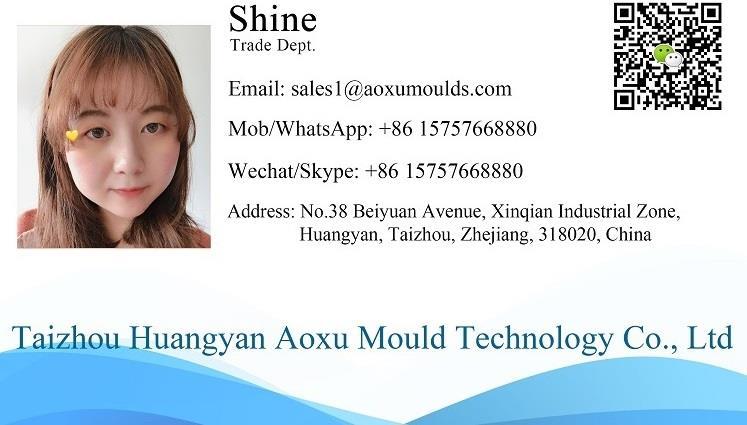1 mechanical polishing
Mechanical polishing is by cutting, surface plastic deformation after polishing to remove is convex and smoothed surface polishing method, the general use of whetstone, wool round, sandpaper, mainly to manual manipulation, special parts such as rotary surface, can use the turntable and other tools, the surface quality requirements of high can use superfine grinding and polishing method. Ultra-precision lapping and polishing are using a special tool, the abrasive containing polishing liquid, pressed on the surface of the workpiece being processed, high-speed rotational motion. Using this technology can achieve Ra0.008μ m surface roughness, is highest in the various polishing method. The optical lens mold often uses this method.
2 chemical Polishing
Chemical polishing is to make the material in the chemical medium surface micro convex section is concave section is first dissolved, resulting in smooth surfaces. The main advantage is no the need for complex equipment, can be polished appearance complex workpieces, can simultaneously throwing Michael Wong to the workpiece, high efficiency. Chemical polishing of the core topic of polishing solution. Chemical polishing of the surface roughness is 10μ M.
3 electrolytic polishing
Electrolytic polishing principle and chemical polishing are identical, namely by selective dissolution of material surface protruding department, to make the surface smooth. Compared with chemical polishing, it can eliminate the influence of cathodic reaction, the effect is good.
The electrochemical polishing process is divided into two steps:
* the macroscopic leveling dissolved product to the electrolyte diffusion, surface geometry coarse decreased, Ra > 1μ M.
* optical flat anode polarization, surface brightness, and progress, Ra < 1μ M.
4 ultrasonic polishing
The workpiece is put into the abrasive suspension and together are placed in an ultrasonic field, the dependence of ultrasonic oscillation, so that the abrasive workpiece in surface grinding and polishing. Ultrasonic machining of macroscopic force is small, does not cause deformation of the workpiece, but the production tooling and installation a problem. Ultrasonic machining can be associated with chemical or electrochemical methods combined with. In solution, electrolytic basis, and applying ultrasonic vibration mixing solution, the surface dissolution products from around, surface erosion or electrolyte average; ultrasound in liquid cavitation can restrain the erosion process, to a surface light lighting.
5 fluid polishing
The polishing fluid is dependent on high-speed mobile liquid and carrying the abrasive cleaning the surface of the workpiece to achieve the purpose of polishing. The commonly used methods include abrasive jet machining, liquid jet machining, grinding, and other fluid power. Hydrodynamic polishing is driven by hydraulic pressure, to carrying the abrasive particles of the liquid medium high speed reciprocating flow through the surface of a workpiece. Medium mainly uses in the low-pressure flow of good special compounds ( polymer material ) and mixed abrasive made by silicon carbide powder, abrasive.
Posted by Shine


 English
English Français
Français Español
Español









